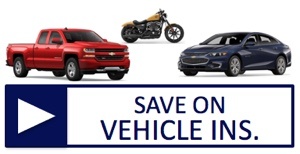 Every restaurant owner or manager knows that accidentally omitting even one key ingredient from a recipe can have a devastating effect. The same is true with Restaurant Insurance. Leaving one gap in your insurance coverage could have a disastrous effect on your restaurant.
Every restaurant owner or manager knows that accidentally omitting even one key ingredient from a recipe can have a devastating effect. The same is true with Restaurant Insurance. Leaving one gap in your insurance coverage could have a disastrous effect on your restaurant.
Restaurants often face unique risks that other businesses do not, which may require additional layers of insurance coverage. Therefore, you must look at possible risks to determine if there are any gaps in your insurance. In this case, ignorance is definitely NOT bliss.
How to Discover Gaps
The best way to determine if there are any gaps in your insurance is to work with an insurance agent who specializes in Restaurant Insurance. They understand the unique challenges and risks inherent in the restaurant business. They know the right questions to ask to ensure that you don’t have any coverage gaps.
Here are a few key questions to consider:
- What property – building, signs, equipment, etc. – do you need to cover?
- What types of liability might you be open to during the course of doing business?
- Do you transport anything off the property?
- Does Workers Compensation cover you, the owner?
- What types of events – fire, theft, spoilage, etc. – does your Commercial Property Insurance cover?
- What are the limits and deductibles that apply to each type of situation?
- What would happen if you had to close your restaurant for a period of time because of a fire, flood, etc.?
- What would happen if one of the suppliers or wholesalers that you depend on could not deliver?
And as your business changes, so should your insurance coverage. For example:
- Have you invested in a food truck to expand your reach, which could open your restaurant up to additional liability risks?
- Have you become a farm-to-table restaurant, which means a shorter supply chain that could place more responsibility for your restaurant's quality control measures?
- Did you start using an outside delivery service, which takes some of the control out of your hands?
Also, having the right insurance policies isn’t always enough. Make sure you understand and are comfortable with the limits and deductibles on each of your policies.
Common Gaps
Most restaurants understand the need for General Liability, Workers’ Compensation, Commercial Property Insurance, and - if they sell liquor – Liquor Liability Insurance, but here are five often-overlooked Restaurant Insurance gaps:
- Cyber Insurance – If you accept checks or credit cards as payment, you have personal information that can put your business at risk for a data breach. Your website and social media sites can also make you a target for cyberattacks. Cyber Insurance helps you recover losses associated with a cyberattack.
- Equipment Breakdown – Every restaurant has equipment – fryers, stoves, refrigerators, etc. Equipment Breakdown coverage helps cover the cost of repairing or replacing equipment after a covered incident.
- Business Interruption – What if you had to close your restaurant for a period of time while repairs are made after a fire? Could you handle the loss of income that would result? Business Interruption Insurance, which helps cover that loss, is often included under your Business Owner’s Policy but make sure you are comfortable with the amount of coverage and duration of that coverage.
- Personal and Advertising Injury –Personal and Advertising Injury Insurance protects you from third-party lawsuits claiming non-physical personal injury, such as libel, slander, copyright infringements, etc. It is typically included in Commercial Liability Insurance; however, every restaurant has different needs. Make sure the coverage in your Liability Insurance is adequate.
- Reputation Damage Insurance – There are so many ways your restaurant’s reputation can be damaged – a cyber-attack, a food-borne illness, an alcohol-related accident, etc. Reputation Damage Insurance can help cover losses associated with this type of event.
The Right Insurance Agent Can Make a Big Difference!
American Insuring Group specializes in Restaurant Insurance. Our agents are experts in eliminating the gaps in your Restaurant Insurance. Plus, as independent agents, we will compare prices among many insurance companies to make sure you get the best price on quality insurance protection.
So, call us today at (800) 947-1270 or (610) 775-3848 or connect with us online!


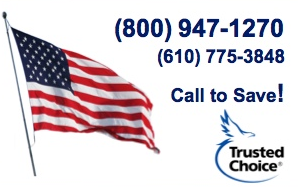
 Want to lower your
Want to lower your 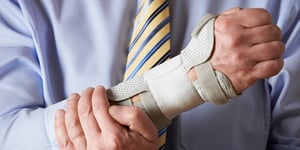 We often discuss how improving workplace safety can help lower
We often discuss how improving workplace safety can help lower  The best way to lower
The best way to lower 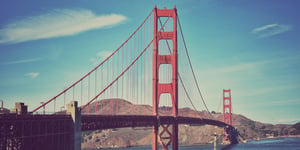 Appropriate Personal Protective Equipment (PPE) can help protect your greatest asset – your employees, minimize injuries, and lower your
Appropriate Personal Protective Equipment (PPE) can help protect your greatest asset – your employees, minimize injuries, and lower your 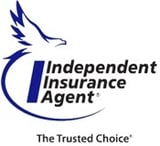
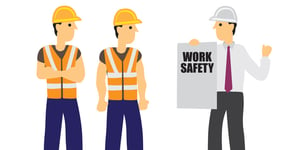 Most contractors understand that fewer workplace injuries create lower employee turnover, higher employee morale, lower
Most contractors understand that fewer workplace injuries create lower employee turnover, higher employee morale, lower  Savvy restaurant owners understand the importance of
Savvy restaurant owners understand the importance of 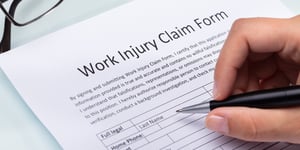 You’ve purchased the appropriate
You’ve purchased the appropriate  If you want to protect your restaurant, you need the right
If you want to protect your restaurant, you need the right  If the COVID-19 pandemic has forced many of your employees to work from home, have you considered the ramifications it may have on your
If the COVID-19 pandemic has forced many of your employees to work from home, have you considered the ramifications it may have on your 